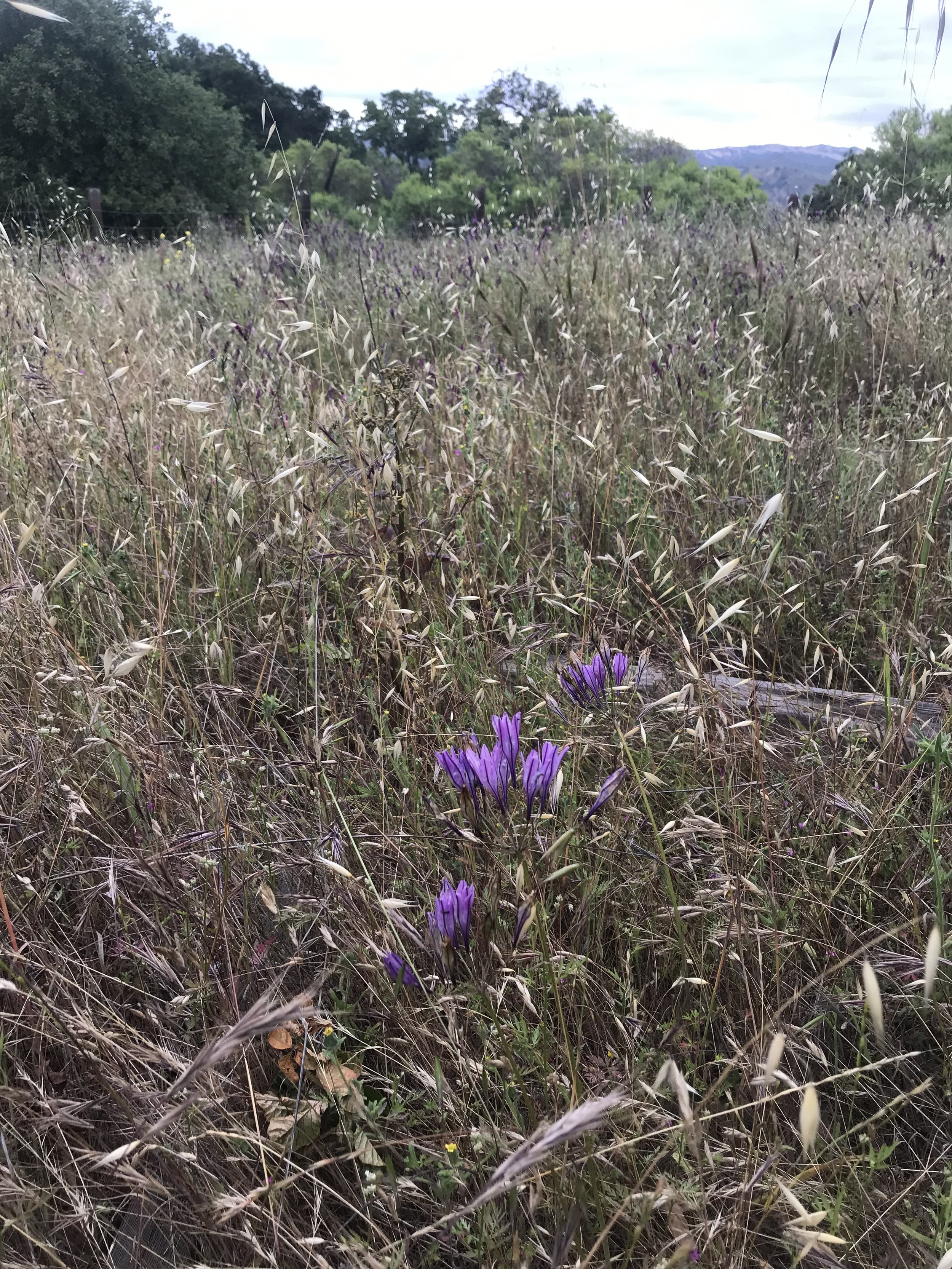LOGUE CABIN: A Travelogue: Exploring the Cave Temples of Chiang Dao from "The Nest"
When a work project unexpectedly evaporates in late June, I suddenly have two weeks cleared, a blank slate. Sitting in my stuffy office, craving adventure, Eben and I spin the roulette wheel of travel exploits: “Kayak Everywhere.” Where in the world can our family of 4 (including a 4- and 11-year-old) go three days from now, from San Francisco International Airport, for under $650 a ticket? A map appears with dollar amounts splashed across the globe. Our options are surprisingly limited, lots of locations in the United States and only three abroad—two in Mexico (places we’ve been before) and Bangkok, Thailand. Eben and I raise our eyebrows at each other. Thailand? Why not? We’ve only heard good things… Click, click, click. Names, passport information, credit card. And CONFIRMED. In less time than it takes to order take-out, we’re booked to Thailand for two weeks of spontaneous adventure. Our next few blog posts dive back into that trip, into the tourmaline bathwater of the Gulf of Thailand, teeming street markets, ancient temples, soaring mountains, delectable food, and of course, the “happy cabins.” From sleeper trains, to villas, hotels and huts, we stumbled into some very happy places, with just the right amount of comfort and cozy to soothe our venturesome souls.
The Nest. Chiang Dao, Thailand.
Cozy bungalows at The Nest
A few hours out of Chiang Mai, up winding roads, through a tropical shower, a statuesque peak juts out from a jagged, bright green, range. The mountain is high enough that the peak is wreathed in moody clouds that shift with the breeze, revealing its shape in pieces. Across a rippling river, the mountain opens its mouth, swallowing orange-robed monks whole. The infamous cave temple of Wat Tham Chiang Dao.
500 steps of inspiration on the path to Wat Tham Pha Plong
Just down the road from the cave temple lives a handful of happy cabins, strewn across a garden of lush ferns, blooming flowers and gnarled trees. Maybe you’ve heard whispers of it? That’s what happened to us. We were lured to Chiang Dao by whispers of a less-touristy place, a place where Thais go to relax, a soothing place far from the bustle of Thailand’s northern cultural center, Chiang Mai. We had no idea what to expect. Whereas many of our family trips are heavily researched and planned, this one unfolds organically. We book one night at a time and see what happens, planning our next journey the morning of or the night before. Our trip to Chiang Dao follows that same formula. We decide to go that morning, over breakfast along the Ping river, the swiftly moving current beckoning us onward. We say goodbye to our riverside hotel in Chiang Mai, packing our tiny rental car with overstuffed backpacks, market treasures, and dried fruit for snacking.
All I know about Chiang Dao are the two words I hear uttered every time it’s mentioned: “The Nest.” There are certain places, passed word of mouth from one traveler to another, that gain mythical status among the chosen who have been there or know someone who has. The Nest is that kind of place. People whisper about the food, the property, the bungalows, and the nearby cave temple at Wat Tham Chiang Dao. We experience Chiang Dao in exactly that order.
We’re enveloped first by the cozy charm of The Nest, a simple slice of paradise tucked away between two monasteries, down a dusty, country road. We arrive in a downpour, running a muddy trail to the open-air restaurant, where a beaming woman named Chao greets us warmly and hands us umbrellas. A few other travelers are reading novels in pillowed gazebos sheltered from the rain, or munching on plates heaped with salads and hearty sandwiches. There’s something especially lovely about the smell of freshly brewed coffee and rain. Four-year-old Maris says what we are all thinking: “Mommy, can we stay?”
At the end of the 500 steps. . .
Lucky for us, there is a family bungalow available at the back of a property, down a drizzly path lined with lighted clay mushrooms. Beneath the thatched roof is a humble space with two bedrooms and a small bathroom with shower. The main bedroom has a soft queen bed made with a bright, Hmong quilt. The adjoining bunk room is the perfect kids’ fort, for sleeping, playing, and curling up out of the rain. Overall, the bungalow feels like a tidy treehouse, with daylight visible through the slatted floors and screened windows overlooking the slightly wild-feeling grounds. It’s a fitting refuge from the storm.
Once we’ve settled in, we can’t resist a little snack at the acclaimed restaurant. We tuck into a cheese sandwich on freshly-baked bread, with cheddar, emmental and cream cheese, sweet lettuce, fresh tomatoes, and spicy onion. A bowl of marinated olives sparkles with chili oil, lime and fresh herbs. While the storm passes, I thumb through an old history of the cave temple written in the 60s, promising ghosts, tigers and enlightened beings in the depth of the mountain. I read bits of the book out loud to the family while savoring a mug of hot coffee that’s as good as it smells. We leave fortified and intrigued, ready to explore.
Just down the road from The Nest, Wat Tham Chiang Dao awaits, a temple complex with sanctuaries, gardens and incense stalls along a lazy river. The main attraction is the cave temple, yet there are few tourists here and many more monks walking the grounds dressed in bright orange robes. We cross the river on a wooden bridge, pay a small fee, and enter the mountain’s mouth. Inside, we find a rock sanctuary filled with incense, golden Buddhas and cave guides holding gas lanterns.
There are two options—explore a lit path straight into the main cavern or hire a guide to do some spelunking in the maze of passages crawling deeper into the mountain. Eben chooses the guided tour while the kids and I take our time wandering along the lit path through the main artery of a deep, high-ceilinged cave. There are few visitors besides us, so we are able to explore nearly on our own. We find bats and Buddhas, stalagmites, stalactites and graffiti. No tigers though. That’s probably for the best. Along the way, signs warn us not to wander into the dark crevices that shoot off in all directions. “Dangerous!”
Rock temple at Wat Tham Pha Plong
Eben ventures deeper into the cave with a small group of Chinese tourists and a local guide waving a gas lantern. We swap stories later over traditional Thai food at The Nests’s sister property, The Nest 2, just down the road. While The Nest is known for its gourmet western fare, the restaurant at The Nest 2 specializes in Thai delicacies. Rough-hewn, candlelit tables are a humble backdrop for remarkable food. We feast on fresh juice-based cocktails, a green papaya salad prepared vegetarian style with crispy bites of perfectly-salted tofu, subtle curries, rice dishes spiked with tamarind, and a pungent coconut soup. Fireflies light up the night while we hear about Eben’s adventure. The guided tour required wriggling through narrow passages and braving thick colonies of bats. In exchange, Eben saw cathedral-like chambers and sculpturesque formations and was able to experience the cave in complete darkness, something we could not do on the lighted path.
The big surprise of our Chiang Dao trip, something nobody whispered about before we came, comes the next morning. At breakfast, we meet a group of young men from California who’ve traveled to Chiang Dao to study at a monastery down the road. They are breaking a long fast with “Gypsy Toast,” a custardy French toast prepared with wild honey and lime, luscious egg dishes, and thick slices of freshly-baked bread. The monastery, called Wat Tham Pha Plong, turns out to be one of our favorite places in Thailand. Only a short hike from The Nest, this temple carved high up into a mountain, feels worlds away. To get there, you have to climb 500 steps through the cloud forest. Inspirational signs line the path, urging you higher—helpful reminders like, “There’s a chance to get refreshed, once you are tired. But there’s no chance to re-live your life once you are dead.” At the top, there is an open-air chamber, a half-cave carved out of the mountain, perfect for meditating or soaking in the ethereal views.
The Nest is right at home on this block full of wonders. Like all great refuges, it captures the spirit of the place, feeding the tummy and the imagination, while offering a safe and quiet place to dream. To reserve your own happy cabin at The Nest, click here. To visit Happy Cabin during your trip to North Lake Tahoe / Tahoe Vista / Kings Beach, click here.












At the tail-end of a sweltering Midwest summer, three generations of Rogers gather in Minnesota to celebrate Grandpa Billy.